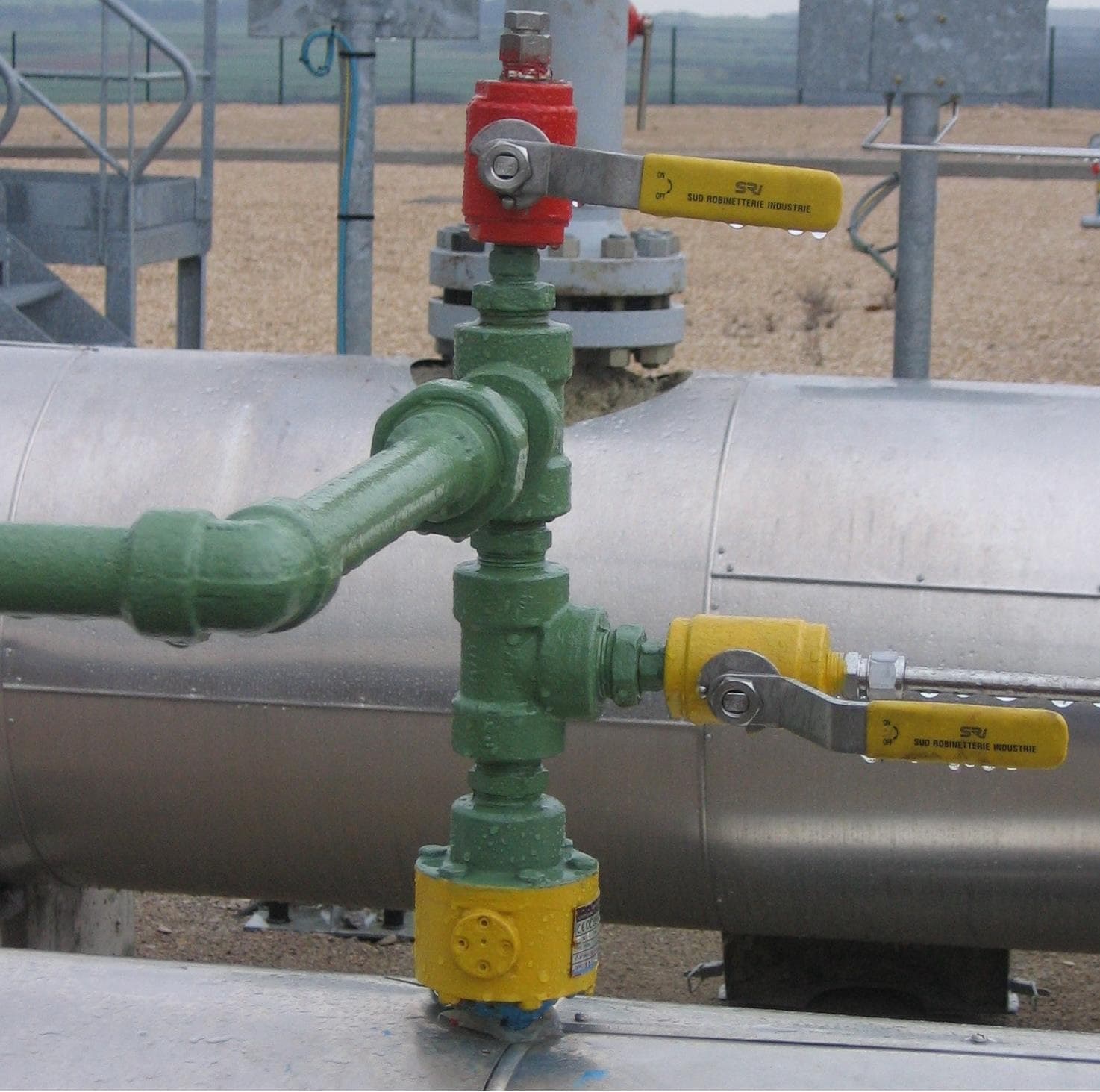AIV-FIV Analysis
Acoustical Induced Vibration (AIV) & Flow Induced Vibration (FIV) studies
Vibration fatigue induced by acoustic phenomena and fluid flows is one of the major problems encountered in process piping.
At the initial design stage of a new plant or when modifying an existing one, we offer a 2-step preventive approach to resolve such vibration issues.
This approach involves a qualitative assessment and prioritisation followed by a qualitative assessment which results in practical recommendations.
Step 1 – Qualitative assessment & prioritisation
Using a rigorous methodology, we carry out a qualitative assessment of all the main lines in a process system to identify the potential excitation mechanisms. We then produce a report prioritising and identifying the potential excitation mechanisms that need to be quantitatively analysed.
Step 2 – Quantitative assessment & Solutions
Main lines: For each excitation mechanism that has been identified as potentially at risk, a quantitative assessment is carried out to determine the likelihood of vibration-induced pipe failure.
The potential excitation mechanisms that can be addressed are:
- Flow induced turbulence
- Mechanical excitation
- Pulsation:
– Reciprocating/Positive displacement pumps and compressors
– Rotating stall
– Flow induced excitation
- High frequency acoustic excitation
- Surge/Momentum change due to valve operation
- Cavitation and Flashing
Small Bore Connection (SBC): For each piping line that has been identified as a potential excitation source for SBC, a quantitative assessment is carried out to determine the likelihood of vibration-induced pipe failure.
Intrusive elements: The risk of coincidence between thermowell (or, intrusive elements) vortex shedding excitation frequency and the structural natural frequency is assessed.
For each of the above investigated excitation mechanism, when a situation is identified as potentially critical, a corrective action is suggested or an appropriate vibration analysis recommended.
Note: The AIV & FIV assessment methodology is based on the “Guideline for the Avoidance of Vibration Induced Fatigue Failure in Process Pipework” published by Energy Institute.
Centrifugal compressors coincidence Analysis (AIV & FIV)
We offer a preventive approach to identify and mitigate the risk of Acoustical and Flow induced vibration in centrifugal compressors :
- Support arrangement is assessed and design optimized against flow induced turbulence and when process condition cannot avoid pulsation generated by rotating stall.
- A coincidence analysis is carried out for each no-flow side branch that can be subject to flow induced pulsation caused by periodic vortex shedding in T-joint.
- The fatigue generated by high frequency acoustic phenomena is assessed by calculating the sound power level in each pressure reducing devices (e.g. Valve or high capacity & press. drop devices) and discontinuity.
- Small bore connection (SBC) design is assessed against potential vibration excitation sources.
- Coincidence analysis of intrusive elements (or thermowell) structural natural frequency with vortex shedding excitation frequency is carried out.




